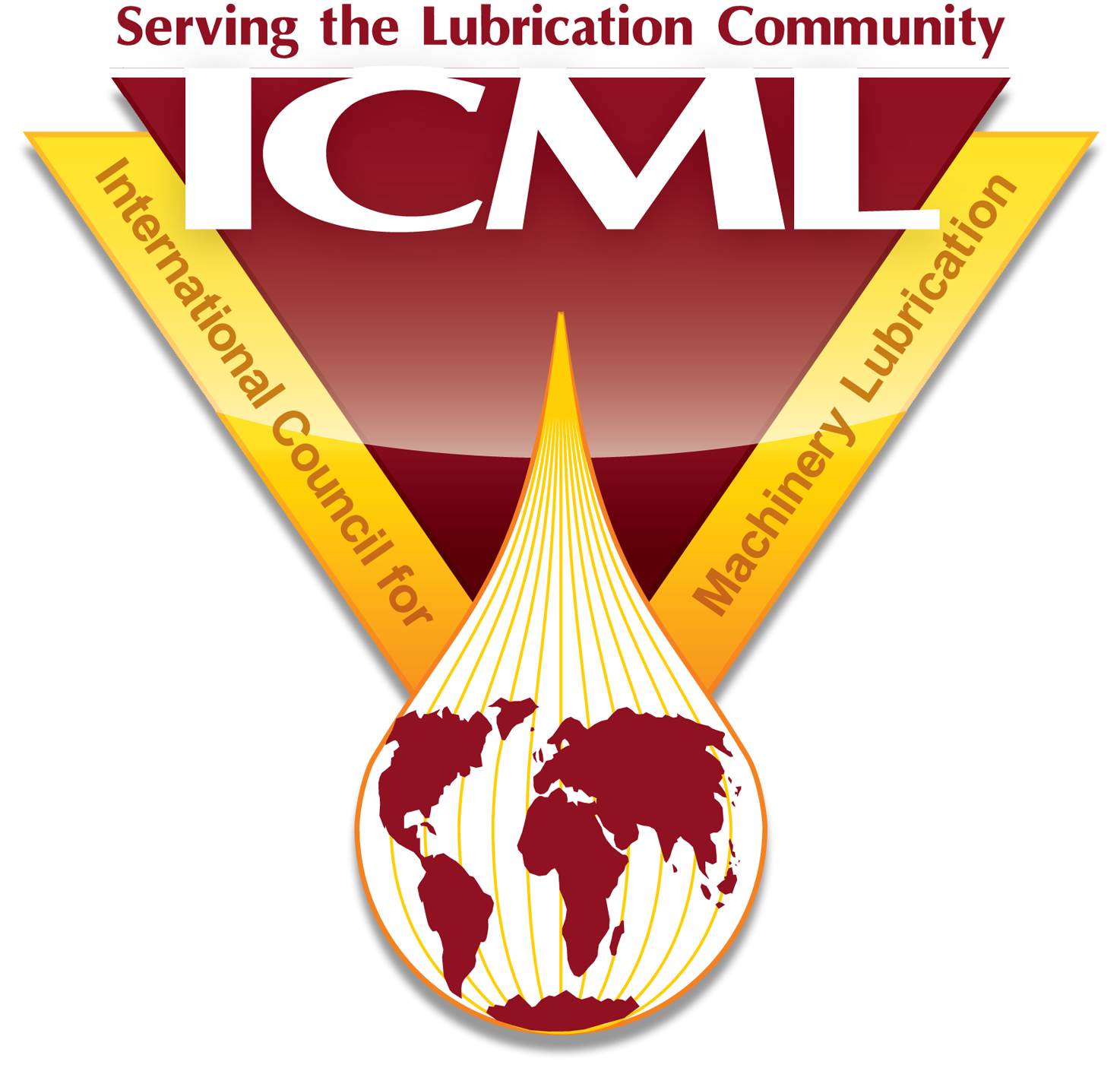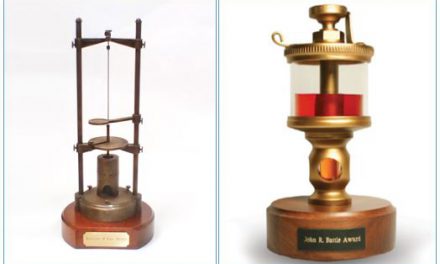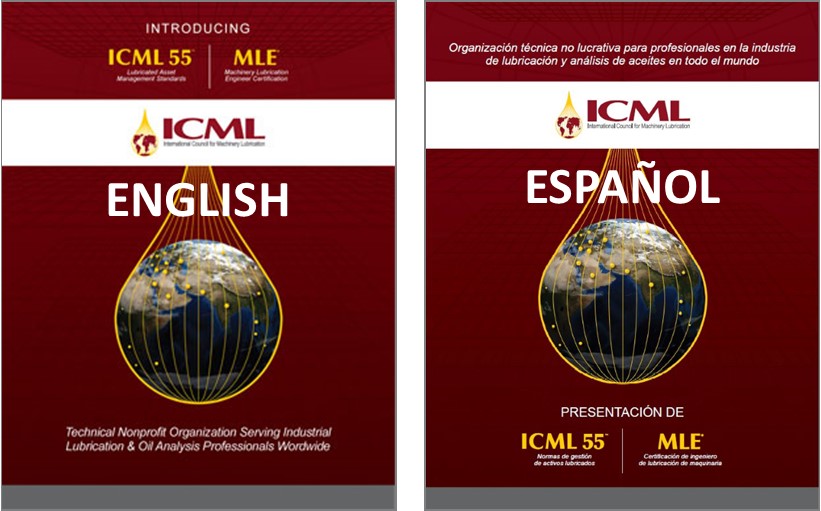We all know the value of a successful fluid analysis program and how, when implemented and run correctly, it can reveal the earliest stages of abnormal component wear and contamination issues, and it can help determine optimal drain intervals. Fluid analysis is the leading science for non-invasive testing available for a predictive maintenance program.
Imagine if these maintenance managers had, at their fingertips, an electronic copy of the latest operators walk-around report which indicates ‘low coolant level’, in addition to the engine’s on-board sensor data that reveals excessive engine temperature, plus the latest engine oil analysis report showing high levels of sodium and potassium (which is a sure indicator of coolant in the engine oil).
What possibilities do you have with all of that information? Think of the value, not only in deciding if the equipment should be shut down immediately or allowed to run, but think of the value regarding the insight of the maintenance actions or repairs that need to be taken.
Is your fluid analysis data included in the real-time information you are focusing on? If not, it should be. As a certified MLA III, I have seen the possibilities, and they are achievable–capabilities of integrating your fluid analysis data directly to your CMMS are there.
In today’s connected world, it only makes sense to integrate all the available data, including your fluid analysis! If you’re participating in fluid analysis, see if your laboratory has these connection abilities and, if so, take advantage of them and start managing your maintenance in real-time.
I encourage readers to reply or comment on this blog post with their ideas, and on ways they are connecting their reliability and what they see for the future.









